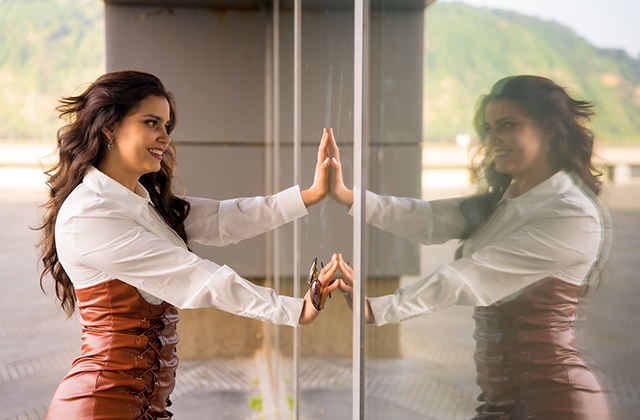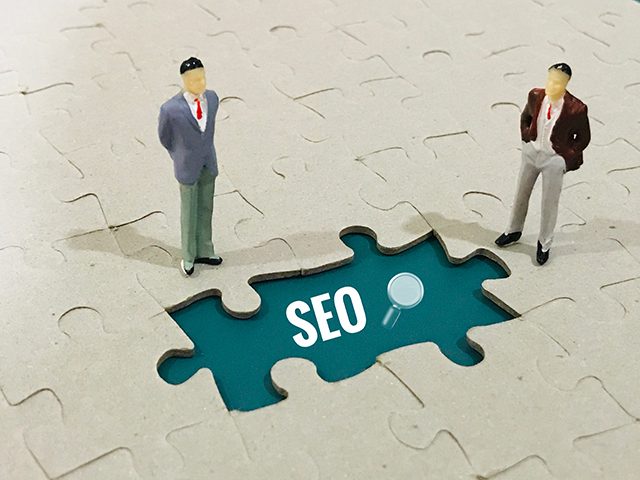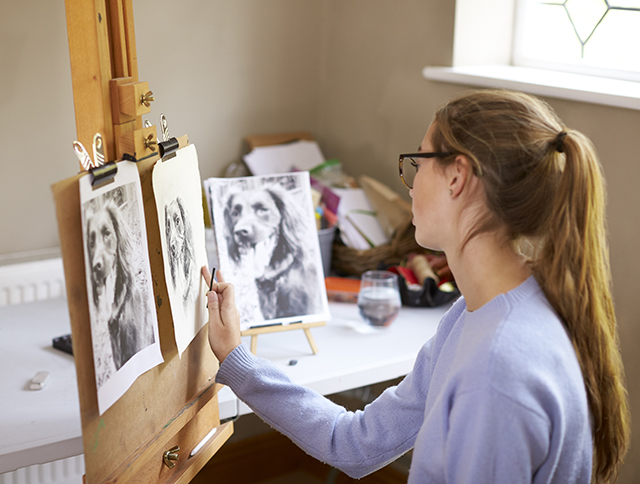Unveiling the Hidden Challenges in Window Glass Replacement

Window glass replacement is often seen as a straightforward task—a cracked pane is removed, and a new one takes its place. However, beneath this seemingly simple process lies a myriad of challenges that homeowners and professionals face. From selecting the right materials to ensuring proper installation, replacing window glass involves technical expertise, precision, and attention to detail. This article explores the hidden challenges in window glass replacement and provides insights on how to overcome them.
The Importance of Proper Window Glass Replacement
Windows are essential elements of any building, serving functional and aesthetic purposes. They provide natural light, ventilation, and insulation, while contributing to the overall appearance of a structure. A damaged or improperly replaced window can compromise these benefits, leading to energy loss, security concerns, and reduced curb appeal. This underscores the importance of addressing the challenges associated with window glass replacement effectively.
Hidden Challenges in Window Glass Replacement
1. Selecting the Right Type of Glass
One of the first challenges in window glass replacement is choosing the appropriate type of glass. With numerous options available—such as tempered glass, laminated glass, and energy-efficient low-E glass—homeowners must consider factors like durability, insulation, safety, and cost. For instance:
- Tempered glass is stronger and safer but may be more expensive.
- Laminated glass provides additional security and noise reduction.
- Low-E glass improves energy efficiency but requires a higher upfront investment.
Each type serves specific needs, and selecting the wrong one can lead to suboptimal performance.
2. Matching the Glass to the Frame
Replacing window glass involves ensuring compatibility with the existing frame. Different frames—wood, aluminum, vinyl, or fiberglass—require specific types of glass and installation techniques. A mismatch can result in improper sealing, reduced structural integrity, or aesthetic inconsistencies. Professionals must assess the frame’s condition and dimensions before selecting replacement glass.
3. Handling Measurement Errors
Accurate measurements are critical for a successful window glass replacement. Even a small error in measuring the dimensions of the pane can result in a poor fit, causing gaps, drafts, or difficulty during installation. Measuring irregularly shaped or older windows adds another layer of complexity. Professionals must double-check measurements and use precise tools to ensure accuracy.
4. Dealing with Structural Issues
Replacing window glass often reveals underlying structural problems, such as rot in wooden frames, cracks in surrounding walls, or issues with the sealant. These problems must be addressed before installing the new glass, which can increase the project’s cost and duration. Ignoring these issues can lead to recurring damage and compromise the new glass installation.
5. Ensuring Energy Efficiency
Energy efficiency is a significant concern for homeowners. Replacing a single pane of glass in an older, non-energy-efficient window may not yield the desired results. Upgrading to double-pane or low-E glass often requires additional modifications, such as altering the frame or adjusting the seal. Achieving a balance between energy savings and budget constraints can be challenging.
6. Weather and Timing
Window glass replacement is sensitive to weather conditions. Rain, extreme heat, or cold can interfere with the installation process, particularly when applying sealants. Moreover, prolonged exposure of an open window during the replacement process can allow debris or moisture to enter the home. Scheduling the replacement during favorable weather conditions is crucial to avoid complications.
7. Safety Concerns
Handling broken glass poses significant safety risks for both homeowners and professionals. Proper safety gear, such as gloves and goggles, is essential to prevent injuries. Additionally, disposing of broken glass responsibly requires adherence to local regulations, which can vary and add complexity to the process.
8. Cost and Budget Management
The cost of window glass replacement depends on several factors, including the type of glass, the condition of the frame, and labor charges. Unexpected issues, such as structural repairs or the need for specialized glass, can escalate costs. Homeowners must budget for potential contingencies and work with reliable contractors who provide transparent pricing.
Overcoming the Challenges in Window Glass Replacement
Despite these challenges, proper planning and professional expertise can make the process smoother. Here are some strategies to overcome common obstacles:
1. Hire Experienced Professionals
While DIY window glass replacement might seem cost-effective, it often leads to complications and higher long-term costs. Hiring experienced professionals ensures proper measurements, material selection, and installation. Look for contractors with positive reviews and certifications in window installation.
2. Invest in High-Quality Materials
Choosing high-quality glass and sealants may increase upfront costs but offers long-term benefits in terms of durability, energy efficiency, and performance. Consult with experts to determine the best materials for your specific needs.
3. Plan for Structural Repairs
Before starting the replacement process, inspect the window frame and surrounding structure for damage. Addressing these issues in advance ensures a stable foundation for the new glass and prevents future problems.
4. Prioritize Energy Efficiency
Consider upgrading to energy-efficient glass during replacement, even if it involves additional modifications. Energy-efficient windows reduce heating and cooling costs, providing significant savings over time.
5. Schedule Wisely
Plan window glass replacement projects during favorable weather conditions. Monitor forecasts and communicate with your contractor to minimize disruptions caused by unexpected weather changes.
6. Follow Safety Protocols
Ensure that proper safety measures are in place during the replacement process. Dispose of broken glass responsibly, and adhere to local regulations regarding waste management.
The Long-Term Benefits of Addressing Challenges
Overcoming the hidden challenges of window glass replacement is an investment in the safety, comfort, and efficiency of your home. Properly replaced windows:
- Enhance curb appeal and property value.
- Improve insulation and reduce energy costs.
- Increase security and durability.
By addressing these challenges with the help of professionals and quality materials, homeowners can enjoy long-lasting results and peace of mind.
Conclusion
Window glass replacement is more complex than it appears, involving a range of technical, structural, and logistical challenges. From selecting the right materials to addressing hidden issues, each step requires careful consideration and expertise. By understanding these challenges and taking proactive measures, homeowners can ensure a successful replacement process that enhances the functionality and aesthetics of their windows. Thus, finding a repair windows near me is a great advantage as well when it comes to cost. Whether you’re dealing with a single pane or a large-scale project, the key to success lies in preparation, quality, and professional guidance. Find more information for a glass company to avoid hidden charges.



